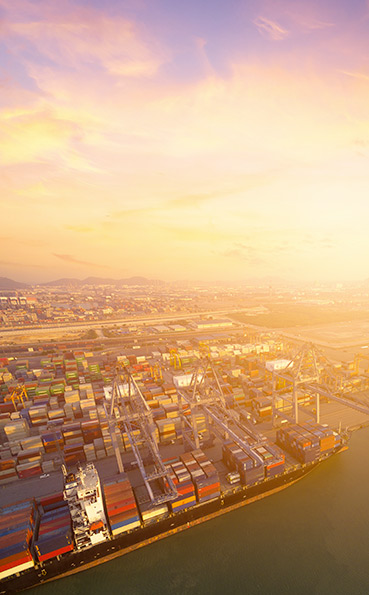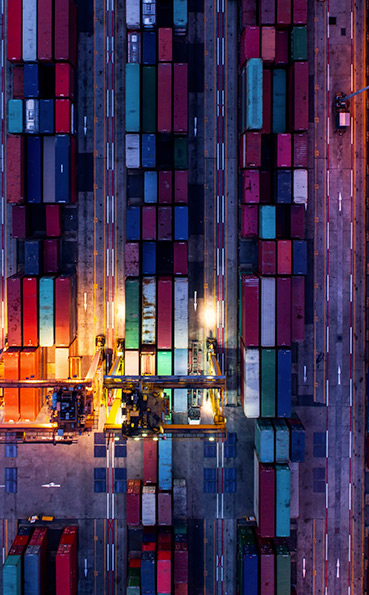#SupplyChain
The transportation industry finds itself in between economic hurdles and enterprise acquisitions.
Firms’ mergers are strategic operations taking place in different markets at different ratios, but when it comes to the transportation industry we are witnessing an acquisition growth rate we have never seen before.

The transportation sector has undergone deep changes in recent years, starting from the ecological transition, the pandemic, and the war in Ukraine. From our point of view, this framework has massively contributed to accelerating the business merging phenomenon, including acquisitions and consolidations.
This trend occurs both vertically and horizontally: in the first case an enterprise expands its supply chain, and in the second it broadens its services. Regardless of their direction, these changes impact our field, with the big players becoming even bigger.
Horizontal mergers have taken place for some time now. One example is intermodality achieved through the acquisition of other services or access to logistics networks, which is the case of those logistics firms that expanded to relocation services. On the other hand, the latest vertical merger trends feature the acquisition of entire supply chain links to gradually take over the whole supply chain, and are therefore very different from what we have seen in the past.
The most exemplary case of recent vertical merging refers to one of the largest container shipping companies. Over time, this enterprise has bought a series of docks at various locations, different customs warehouses, other shipping and railways firms, a huge number of trucks to deliver containers, and more.
In this framework, small logistics businesses are the most at risk, and it becomes necessary for them to widen their vision and keep relevant. When this does not happen, chances are that a bigger player will step in, making itself indispensable.
A market force that is driving this trend is globalization and the consequent demand for logistics suppliers with advanced and complete services and the ability to satisfy any need. In a fast-moving world, we all need to get up to date with technological progresses focusing on performance control and logistics management. For larger companies, implementing innovative technologies is the norm, which is why smart SMEs need to take the same path quickly, although not all of them will have the necessary funds to do so.
Keeping all this in mind, we must not forget about the EU regulations which require us to proceed towards the ecological transition. In this context, intermodality and railway transportation seem to be the only options available for the upcoming future (we recommend reading Intermodal transport: what, how, why).
In 10 to 15 years from now, small logistics firms will have to have clear goals and be fully aware of all the risks and opportunities that our market will offer, especially in view of the generational turnover and resulting new ideas, perspectives, and talents. We need to understand these trends inside out and be open to cooperating with logistics businesses other than our own, combining skills and investment capacity. We should also strive for more agile corporate structures that can easily adapt to market fluctuations and economic highs and lows. Take our advice and move forward from now on taking the driver’s seat.



